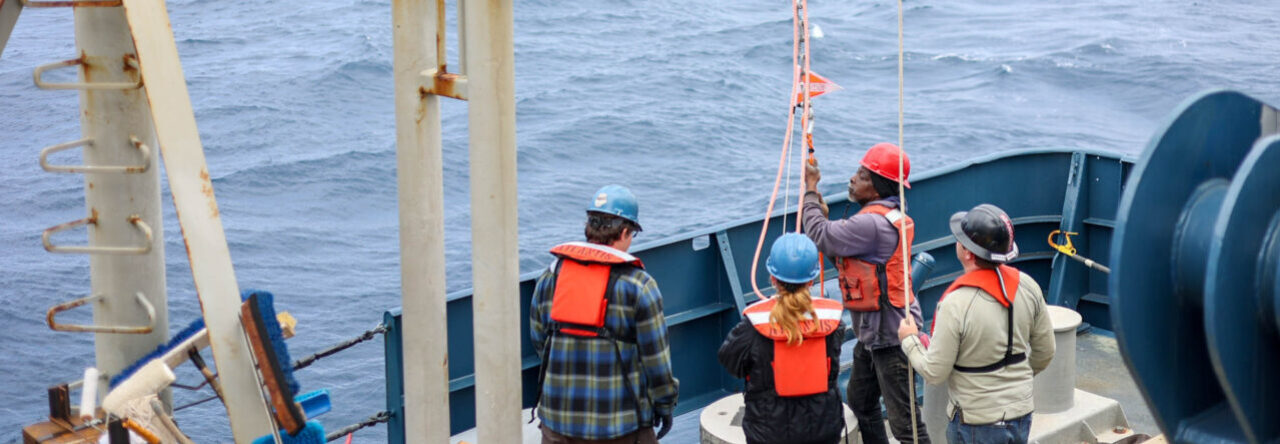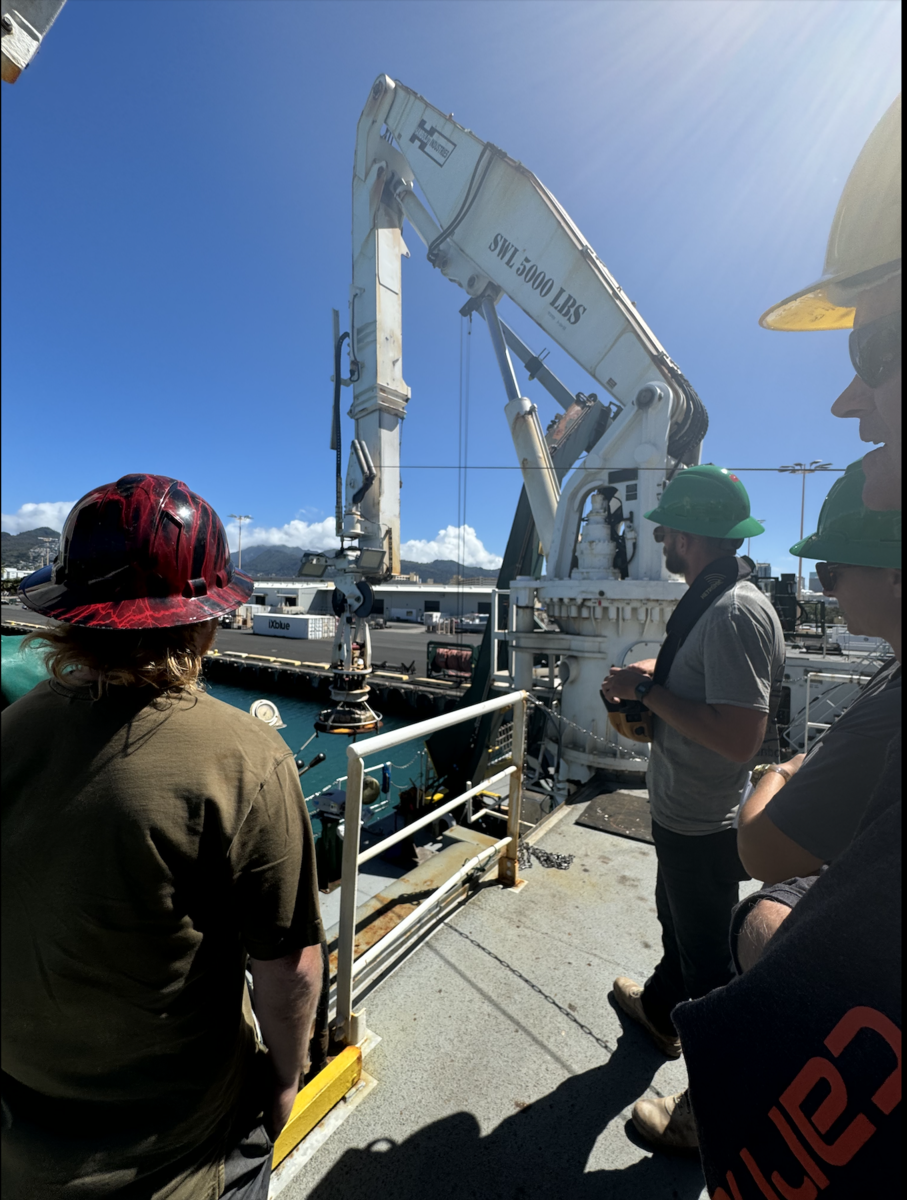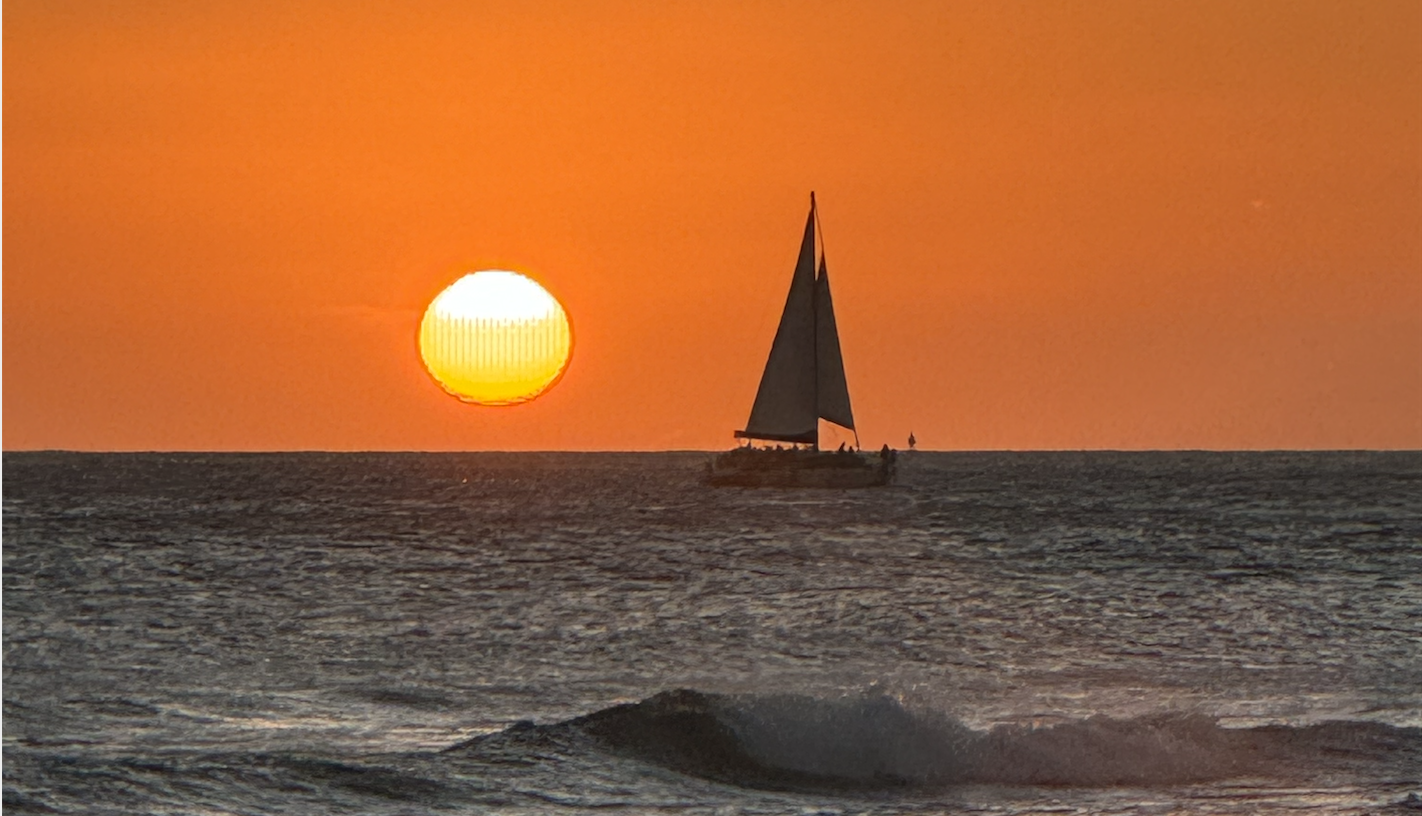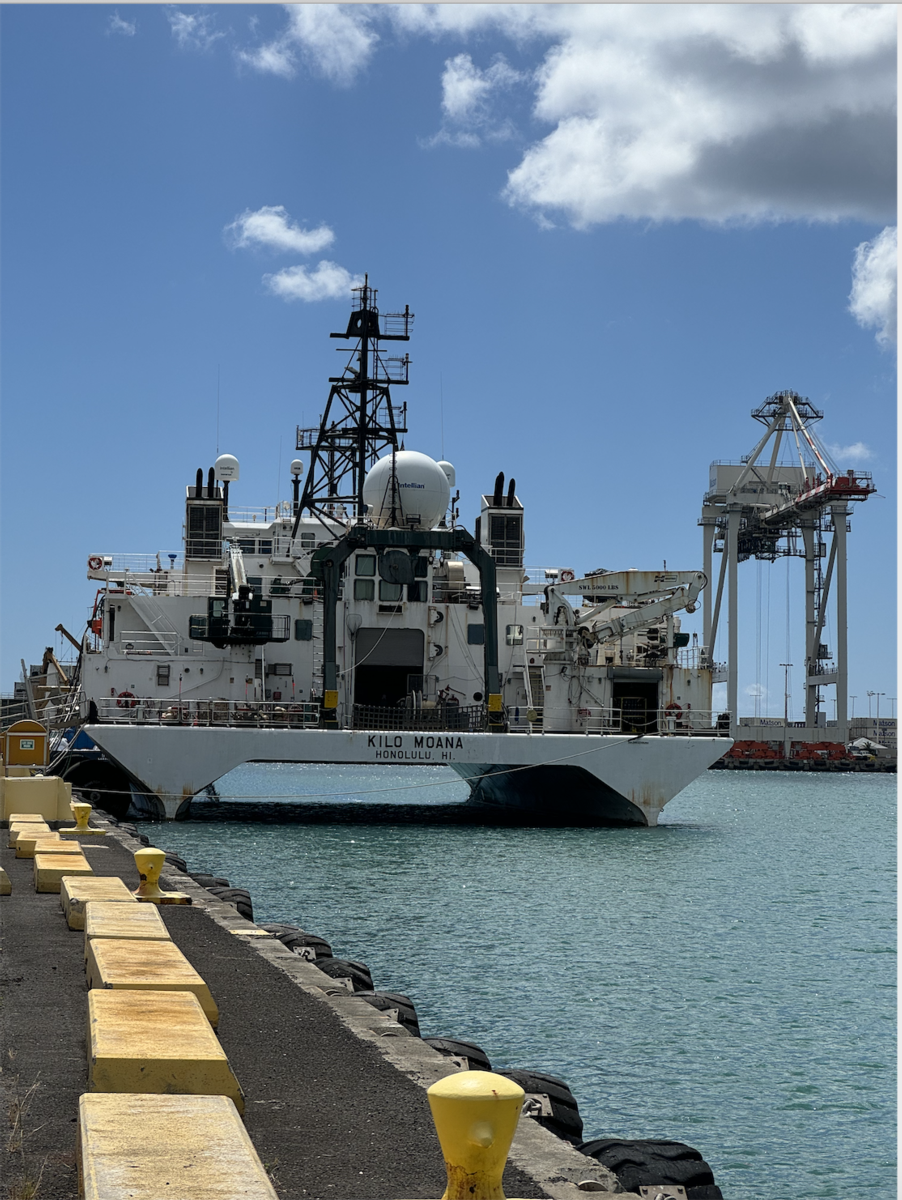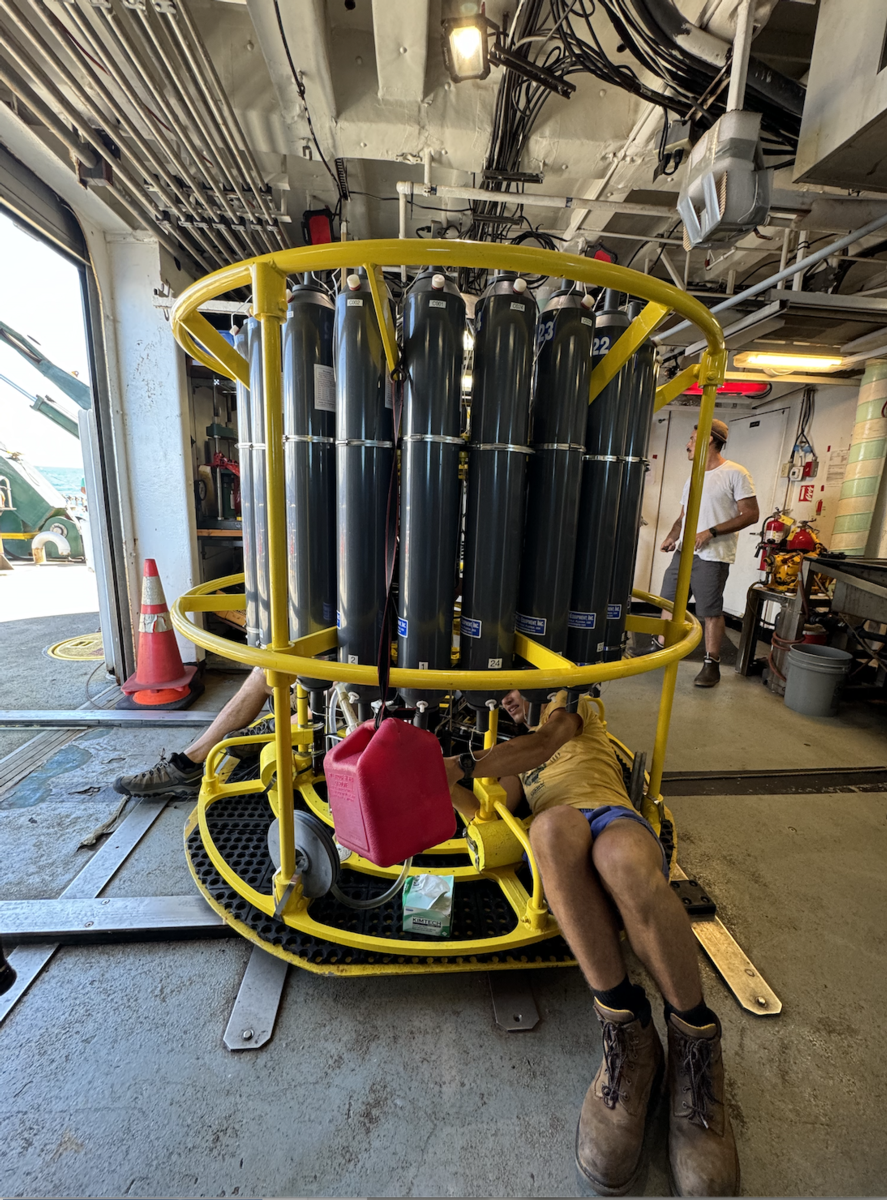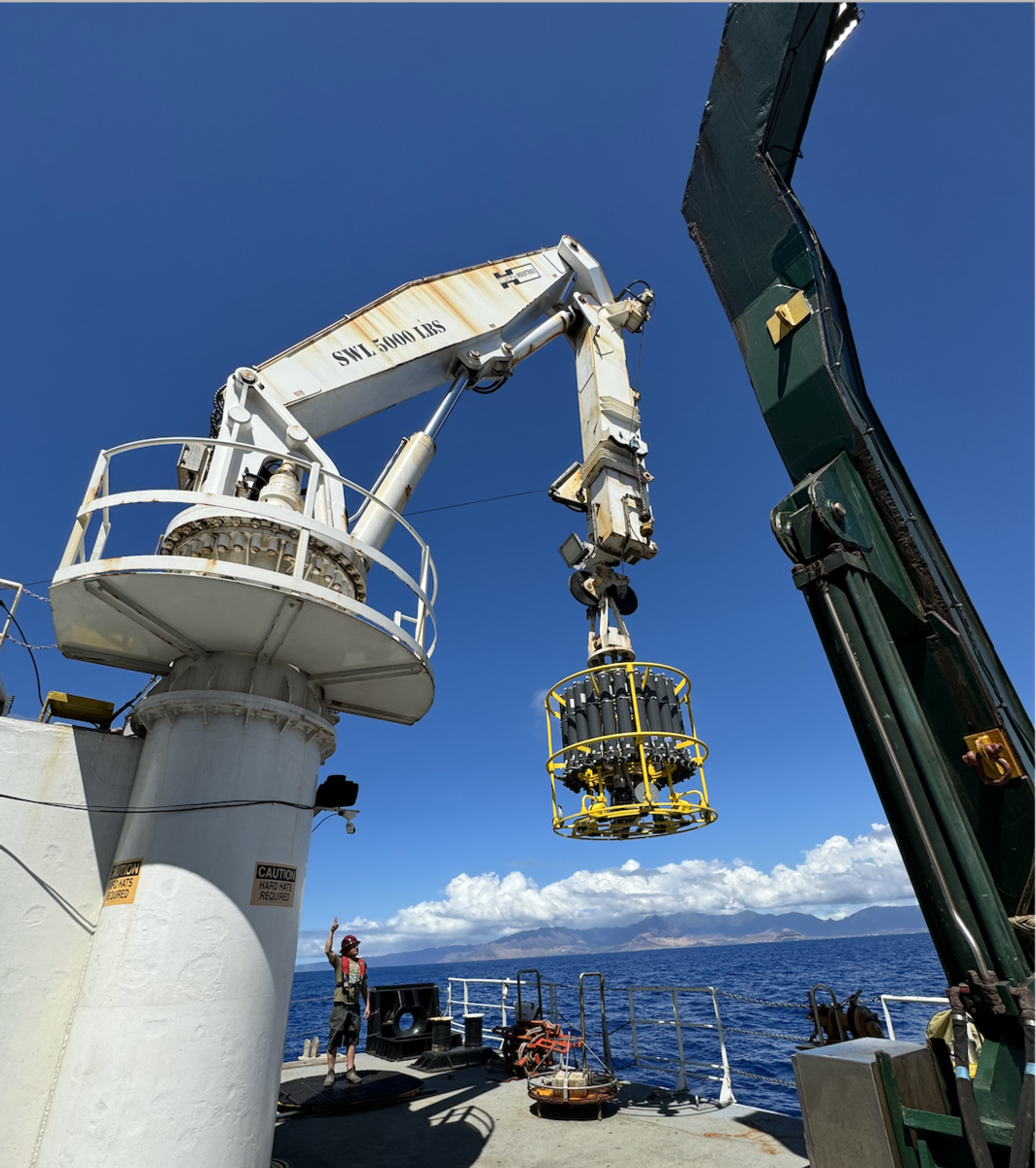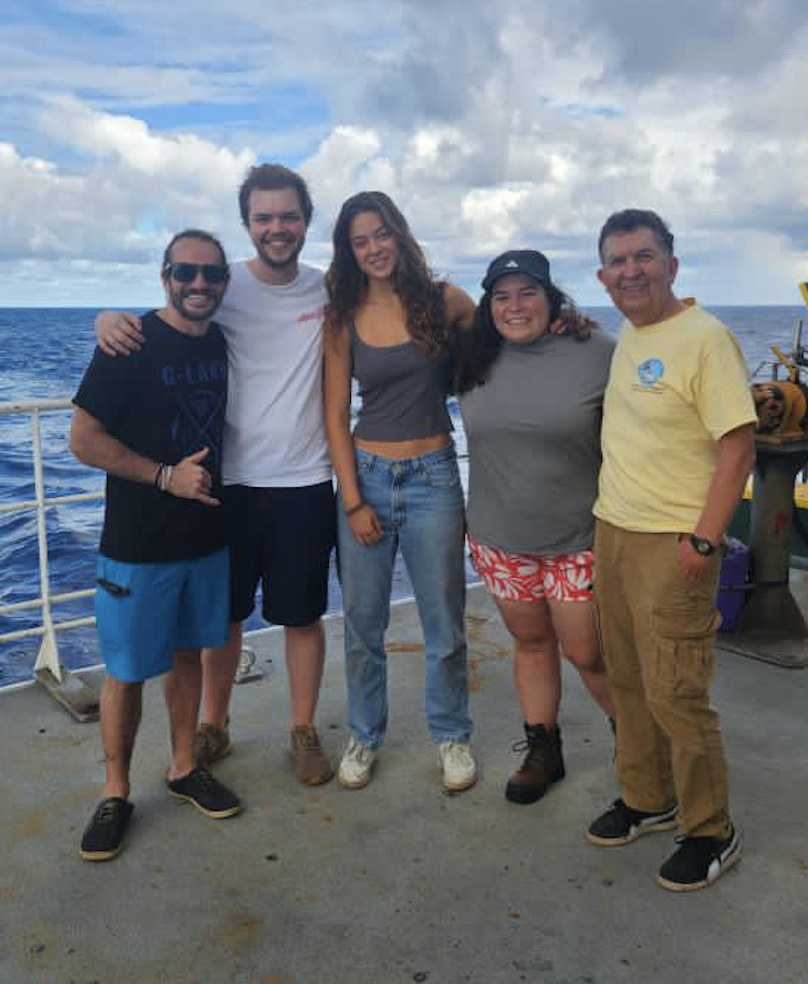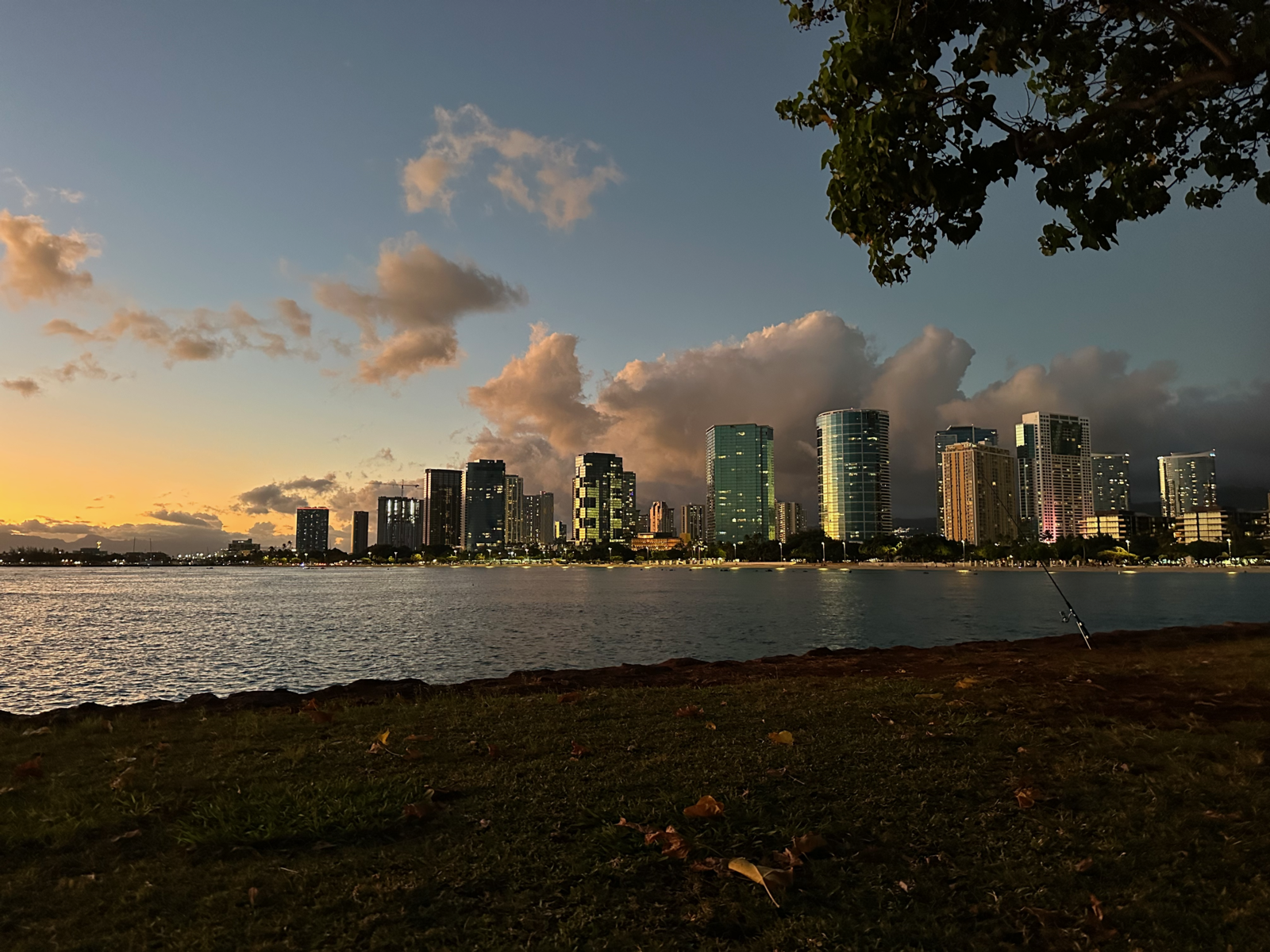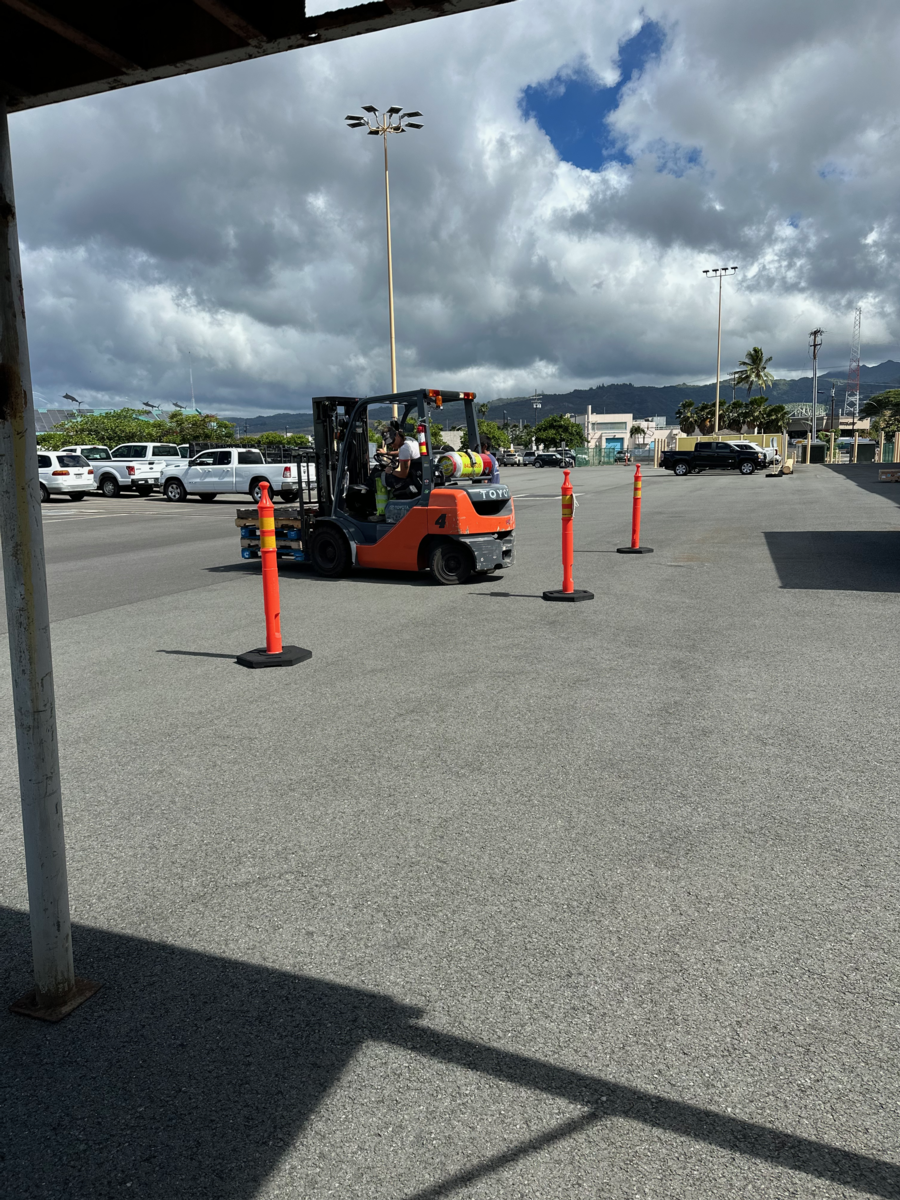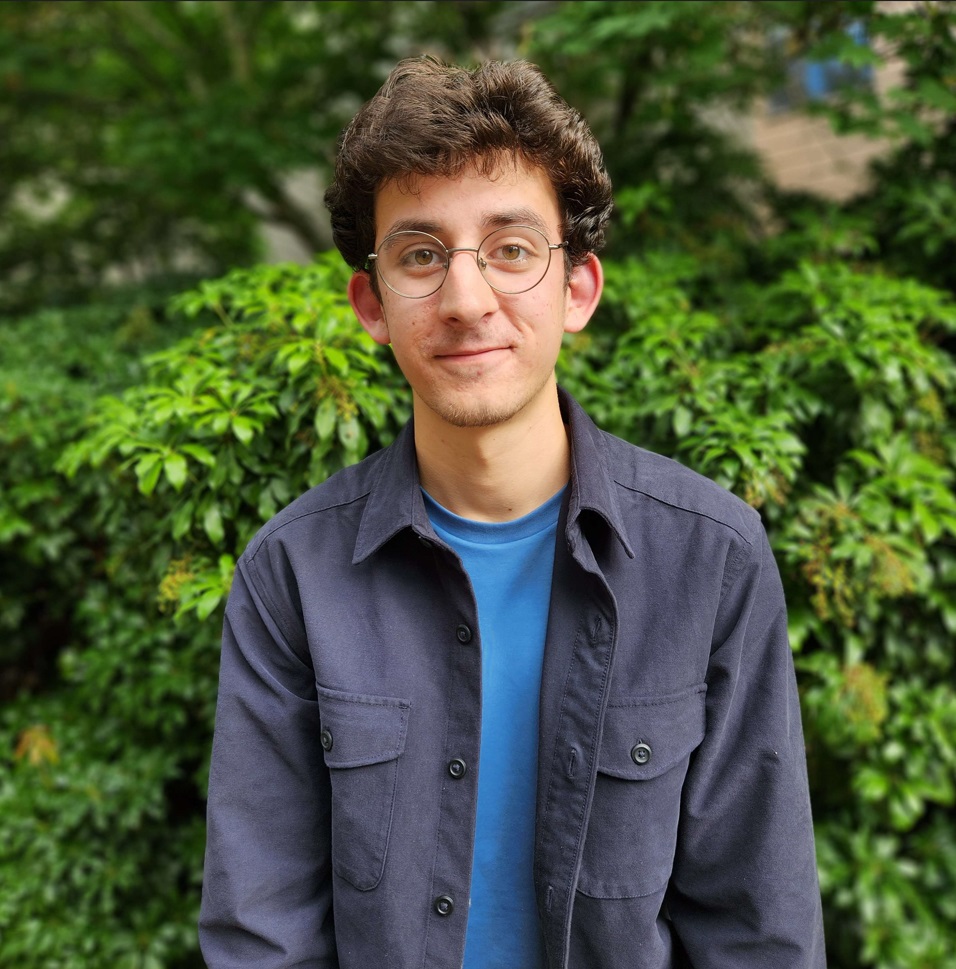Alohowdy, everyone! Welcome back to another blog post!
We’re officially one month into the third leg of my 6-month internship with the HOT and OTG teams aboard the R/V Kilo Moana. The past two weeks have been packed with excitement, including a fantastic HOT 354 research cruise, sightings of comets, whale sharks, falcons, and even an abandon ship scare. So, there’s plenty to chat about!
For those unfamiliar with the Hawaii Ocean Time-series (HOT) or who haven’t caught up on my previous posts (shoutout to my long-term subscribers), here’s a quick refresher. The Hawaii Ocean Time-series is a long-term study focused on the North Pacific Ocean at Station ALOHA, about 60 miles north of Oahu. Since 1988, this program has been working to create a comprehensive picture of the physical and biogeochemical properties of the North Pacific subtropical gyre by collecting and analyzing various data samples. This is neato because researchers worldwide use this data to understand long-term ocean changes due to factors like climate change. If this sounds familiar, it’s similar to what I wrote about BATS a few months ago. It’s been amazing to see how HOT and BATS compare from both research and operational perspectives.

– Sunrise from Station Aloha
Now, onto the 354th HOT research cruise! This four-day adventure focused on CTD casts, array deployments, and net tows. I had the freedom to roam without a set schedule (at large), which allowed me to observe all array recoveries and deployments—a major operation I’ll be assisting with on the upcoming SPOC cruise. I even got to try grappling an array for recovery for the first time (and almost got it first try)! I also helped with CTD deployments and recoveries, as well as sample collection and processing.
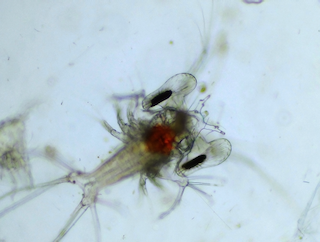
– A Lil Zooplankton we picked up from a net tow
Here’s a full list of what we deployed and recovered on HOT 354:
– Sediment trap array
– Primary production array
– Gas array
– CTD
– HyperPro
– Underwater Vision Profiler (UVP)
– Zooplankton net tows
– Video Plankton Recorder (VPR)
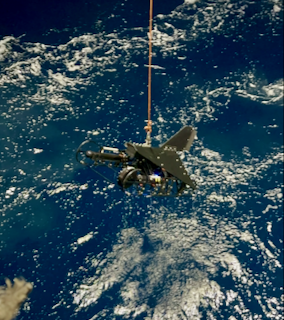
– The Video Plankton Recorder (VPR) being recovered
Besides all the exciting science operations, we were treated to some incredible wildlife sightings: oceanic white tip sharks, petrels, boobies, a whale shark (my first), a peregrine falcon (also my first), and even the Tsuchinshan–ATLAS comet (a first and last for all of us). It was a wonderful cruise filled with great people—thanks to all the volunteers, crew, techs, and scientists for making HOT 354 such a blast! I can’t wait for the next one.

– Our whale shark friend off the bow of the Kilo Moana. He ended up hanging out with us for around an hour or two!

– Tom Petty the storm petrel (if you know you know)
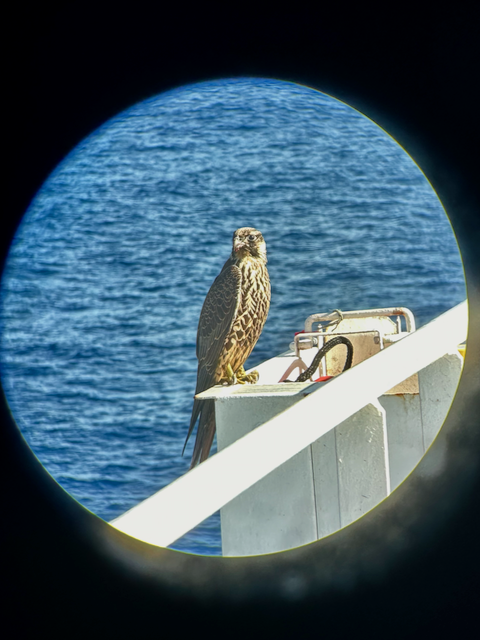
– A peregrine falcon who decided to hang around the boat for a few days (if you know you know)

– Tsuchinshan–ATLAS from the back deck of the Kilo Moana at Station Aloha
After returning to Honolulu and unpacking, we enjoyed a few days of downtime before embarking on one of my longest scheduled cruises aka the South Pacific Ocean Cruise (SPOC). The purpose of this two month trip to Tahiti and back is to expand the measurments of oxygen- and carbon- based production and respiration rates across multiple biomes, throughout the euphotic zone, and over the full seasonal cycle. New technology has made big leaps in how we’re able to observe these rates and this cruise will be an excellent opportunity to expand the number of measurments made in the open ocean and also help validate satellite-based production estimates. The cruise will cover 18 stations between Honolulu and Papeete French Polynesia whith a mix of long (~2.5 day) and short (~0.5 hours) stations.
This is a very exciting cruise to be on in terms of the science it aims to do and the operations it will conduct. I’ll learn how to use instruments like the underway CTD, wire-walker, and various floats. Plus, I’ll be running CTD casts with Briana on the opposite shift. We left port Saturday morning after completing our safety drills and successfully conducted the CTD test station near Oahu. However, shortly after that, the ship’s general alarm sounded—we had a “oh this is not a drill” moment as water was discovered in the starboard generator room. Thankfully, it was only a loose coolant hose, but we did have to return to Honolulu for repairs.
With everything fixed and checked over, we’re back at sea at the start of the SPOC cruise! My next post will be in two weeks once I’m more settled into my routine. I’m excited to share my experiences and everything I’ve learned!
Catch you in the next post,
Hunter

